Do you have a question about the Toyota Land Cruiser 2005 and is the answer not in the manual?
Details the types of keys and their functions, including the immobilizer system.
Explains the operation and features of the wireless remote control key.
Explains the function and operation of the theft deterrent system.
Covers occupant restraint systems including seats, seat belts, and airbags.
Offers precautions and adjustment tips for the driver's seat.
Advises on proper seating and precautions for the front passenger seat.
Offers essential precautions and recommendations for using seat belts.
Details the procedure for fastening and adjusting 3-point seat belts.
Provides essential precautions for using child restraint systems.
Covers the vehicle's gauges, meters, and service reminder indicators.
Covers the operation of the ignition switch, transmission, and parking brake.
Covers the operation of the front and rear air conditioning systems.
Details the selector lever positions and driving pattern selections.
Covers the operation of the four-wheel drive system and center differential lock.
Details how to use the cruise control system for maintaining speed.
Explains the function of the active traction control system.
Lists service reminder indicators and buzzers and the actions to take.
Explains the function of the vehicle stability control system.
Explains the function and operation of the rear view monitor system.
Guides users on identifying signs that indicate vehicle service is needed.
Explains how to check and maintain the engine oil level.
Lists essential safety precautions to observe when performing DIY maintenance.
Details how to check the engine coolant level and add coolant.
Explains how to check and refill the brake fluid reservoir.
Provides instructions on checking and adjusting tire inflation pressure.
Guides on checking tire tread wear and when to replace tires.
Explains how to check the battery's condition and related precautions.
Provides precautions for safely recharging the vehicle battery.
Details how to check and replace blown fuses.
Emphasizes the importance of occupant restraint systems for safety.
Warns about the speed and potential injury sources of SRS airbag deployment.
Provides critical health and safety warnings related to vehicle components and fluids.
Guides users on troubleshooting a vehicle that will not start.
Provides steps to take if the engine stalls while driving.
Offers guidance if the vehicle's engine overheats.
Directs users on how to handle a flat tire situation.
Provides information on towing procedures if the vehicle needs to be towed.
Guides users on the correct procedure for starting the engine.
Details the types of keys and their functions, including the immobilizer system.
Explains the operation and features of the wireless remote control key.
Explains the function and operation of the theft deterrent system.
Covers occupant restraint systems including seats, seat belts, and airbags.
Offers precautions and adjustment tips for the driver's seat.
Advises on proper seating and precautions for the front passenger seat.
Offers essential precautions and recommendations for using seat belts.
Details the procedure for fastening and adjusting 3-point seat belts.
Provides essential precautions for using child restraint systems.
Covers the vehicle's gauges, meters, and service reminder indicators.
Covers the operation of the ignition switch, transmission, and parking brake.
Covers the operation of the front and rear air conditioning systems.
Details the selector lever positions and driving pattern selections.
Covers the operation of the four-wheel drive system and center differential lock.
Details how to use the cruise control system for maintaining speed.
Explains the function of the active traction control system.
Lists service reminder indicators and buzzers and the actions to take.
Explains the function of the vehicle stability control system.
Explains the function and operation of the rear view monitor system.
Guides users on identifying signs that indicate vehicle service is needed.
Explains how to check and maintain the engine oil level.
Lists essential safety precautions to observe when performing DIY maintenance.
Details how to check the engine coolant level and add coolant.
Explains how to check and refill the brake fluid reservoir.
Provides instructions on checking and adjusting tire inflation pressure.
Guides on checking tire tread wear and when to replace tires.
Explains how to check the battery's condition and related precautions.
Provides precautions for safely recharging the vehicle battery.
Details how to check and replace blown fuses.
Emphasizes the importance of occupant restraint systems for safety.
Warns about the speed and potential injury sources of SRS airbag deployment.
Provides critical health and safety warnings related to vehicle components and fluids.
Guides users on troubleshooting a vehicle that will not start.
Provides steps to take if the engine stalls while driving.
Offers guidance if the vehicle's engine overheats.
Directs users on how to handle a flat tire situation.
Provides information on towing procedures if the vehicle needs to be towed.
Guides users on the correct procedure for starting the engine.
| Brand | Toyota |
|---|---|
| Model | Land Cruiser 2005 |
| Category | Automobile |
| Language | English |
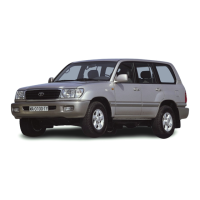
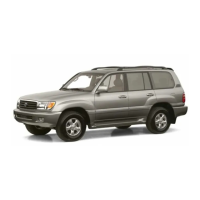
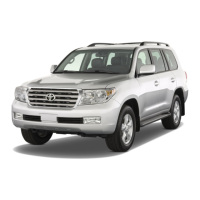

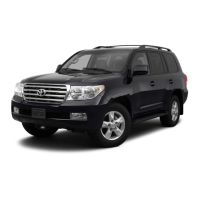
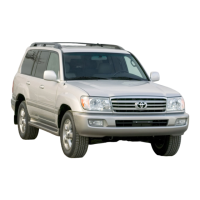
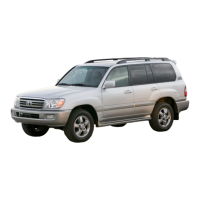
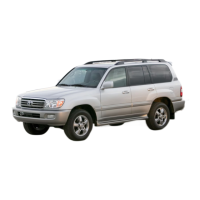

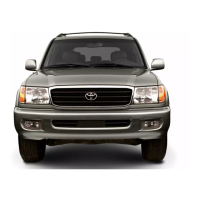
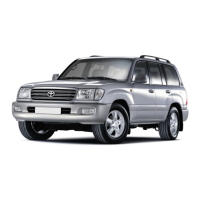
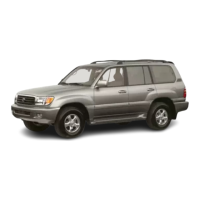
